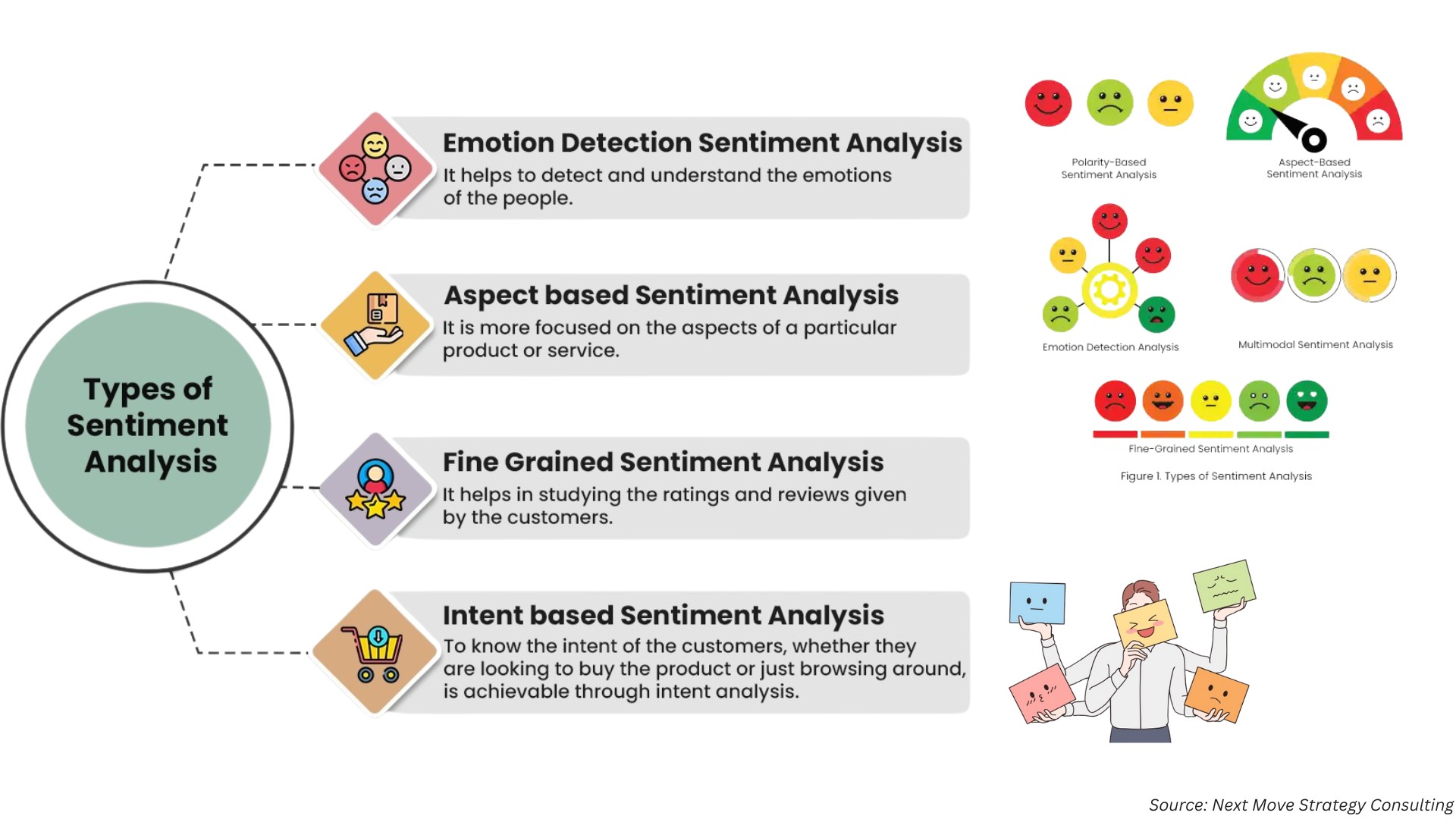The U.S. Robot Software Market is Expected to Reach USD 16.59 Billion by 2030
Published: 2025-02-24
Rising labor costs and workforce challenges and the convergence of industry 4.0 and IoT are driving up the U.S. Robot Software Market demand during the forecast period.
The U.S. Robot Software Market size was valued at USD 4.16 billion in 2023, and is expected to reach USD 16.59 billion by 2030, with a CAGR of 20.8% from 2024 to 2030, according to the new research by Next Move Strategy Consulting.
The surge in labor costs and persistent workforce challenges indeed serve as significant drivers propelling the expansion of the robot software market in the country. As labor expenses escalate, particularly within industries heavily reliant on labor-intensive tasks, companies are under pressure to find solutions that can mitigate costs while maintaining productivity levels. This growing trend is prompting widespread adoption of automation technologies, including robots, as a means to streamline operations and reduce dependency on human labor.
At the heart of this transition is the pivotal role played by robot software. These software solutions enable efficient programming, control, and optimization of robotic systems, allowing businesses to maximize the capabilities of their automation investments. By automating repetitive or labor-intensive tasks, companies can not only reduce labor costs but also improve operational efficiency and consistency.
Moreover, workforce challenges such as skill shortages and demographic shifts further underscore the need for automation. With an aging workforce and a shrinking pool of skilled labor in certain industries, businesses are increasingly turning to robot software solutions to ensure operational continuity and competitiveness.
As a result, the robot software market is experiencing sustained growth as organizations recognize the value of automation in addressing labor-related challenges and enhancing overall operational efficiency. This trend is expected to continue as technology advances and businesses seek innovative solutions to optimize their processes in the face of evolving labor dynamics.
Additionally, the convergence of Industry 4.0 and the Internet of Things (IoT) emerges as a pivotal catalyst for the U.S. robot software market growth. Industry 4.0, characterized by the integration of digital technologies into manufacturing processes, alongside advancements in IoT, has revolutionized industrial automation.
IoT-enabled devices and sensors enable real-time data collection and exchange, providing valuable insights into manufacturing operations and enhancing connectivity across the production chain.
This interconnected framework presents an opportunity for robot software solutions to harness data analytics, predictive maintenance techniques, and adaptive control algorithms, thereby optimizing robot performance and efficiency.
Moreover, Industry 4.0 principles prioritize agility, flexibility, and scalability, driving demand for robot software solutions that facilitate seamless integration, interoperability, and collaboration within smart manufacturing environments. Consequently, the synergy between Industry 4.0 and IoT fuels the adoption of robot software, fostering innovation and efficiency in industrial automation workflows
However, cybersecurity and data protection concerns associated with robot software pose significant barriers to the U.S. robot software market growth. As robots become more interconnected within digital ecosystems, they become susceptible to various cyber threats, including unauthorized access, data breaches, and malware attacks.
Insufficient cybersecurity measures within robot software can jeopardize sensitive data, intellectual property, and operational integrity, potentially leading to financial losses and reputational harm for organizations. Additionally, with the proliferation of IoT-enabled robots and the accumulation of vast amounts of data, the risk of data privacy violations and regulatory non-compliance escalates.
On the contrary, the emergence of Robotics-as-a-Service (RaaS) is indeed reshaping the landscape of the U.S. robot software market demand, offering a more accessible and cost-effective pathway for organizations to integrate robotics solutions. RaaS models provide businesses with the flexibility to access robotic hardware, software, and related services through subscription plans, thereby eliminating the need for significant upfront investments in capital-intensive assets.
This subscription-based approach reduces entry barriers, particularly for small and medium-sized enterprises (SMEs) or entities with limited budgets, enabling them to harness robotics technology without the financial burdens associated with ownership.
Furthermore, RaaS models often include maintenance, support, and software updates as part of the subscription package, providing added value and simplifying the deployment process for businesses.
This comprehensive offering enhances the appeal of RaaS solutions and accelerates their adoption across various industries. By democratizing access to robotics technology and promoting a pay-as-you-go model, the expansion of RaaS opens up new market opportunities and stimulates innovation in robot software solutions.
Organizations can now leverage robotics technology more easily and cost-effectively, driving greater adoption and advancement in the field of robotics and automation. Overall, RaaS represents a significant shift in how businesses approach robotics implementation, paving the way for broader adoption in the U.S. robot software market.
Request for a Sample PDF on the U.S. Robot Software Market
Several key market players operating in the U.S. robot software industry include IBM, NVIDIA, ABB Ltd., FANUC, Teradyne, Inc., H2O.ai, Brain Corp, CloudMinds, Clearpath Robotics, and Neurala, Inc. These market players are adopting strategies to maintain their dominance in the market.
Key Insights from the U.S. Robot Software Market Report:
-
The information related to key drivers, restraints, and opportunities and their impact on the U.S. robot software market is provided in the report.
-
The value chain analysis in the U.S. robot software market study provides a clear picture of the roles of each stakeholder.
-
The report provides an analysis of the U.S. robot software market share and competitive landscape of key players in the industry.
















Add Comment